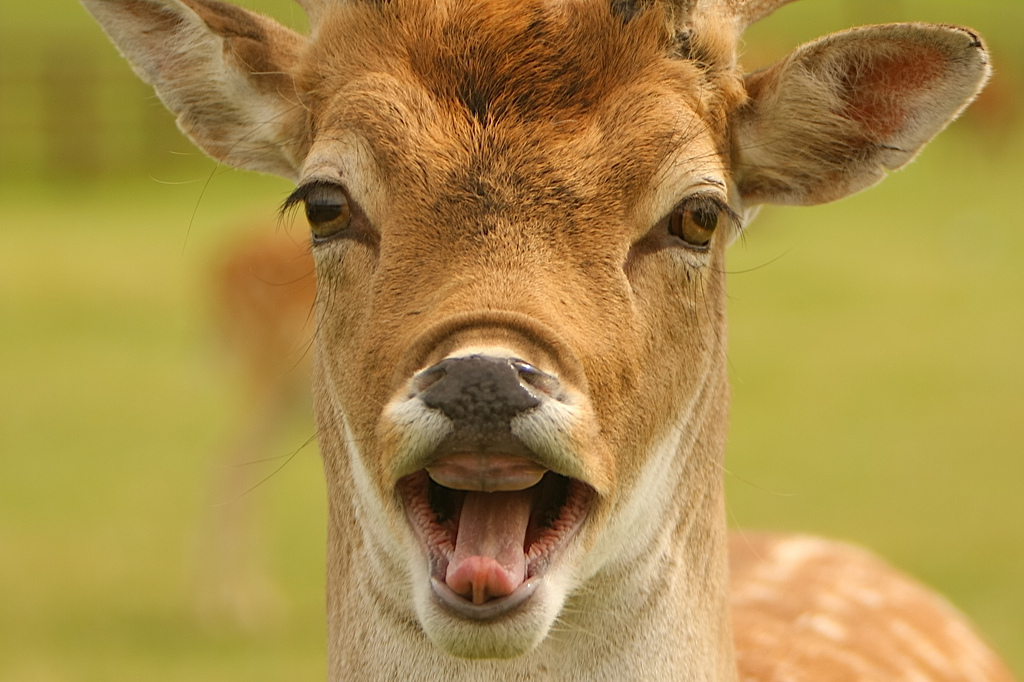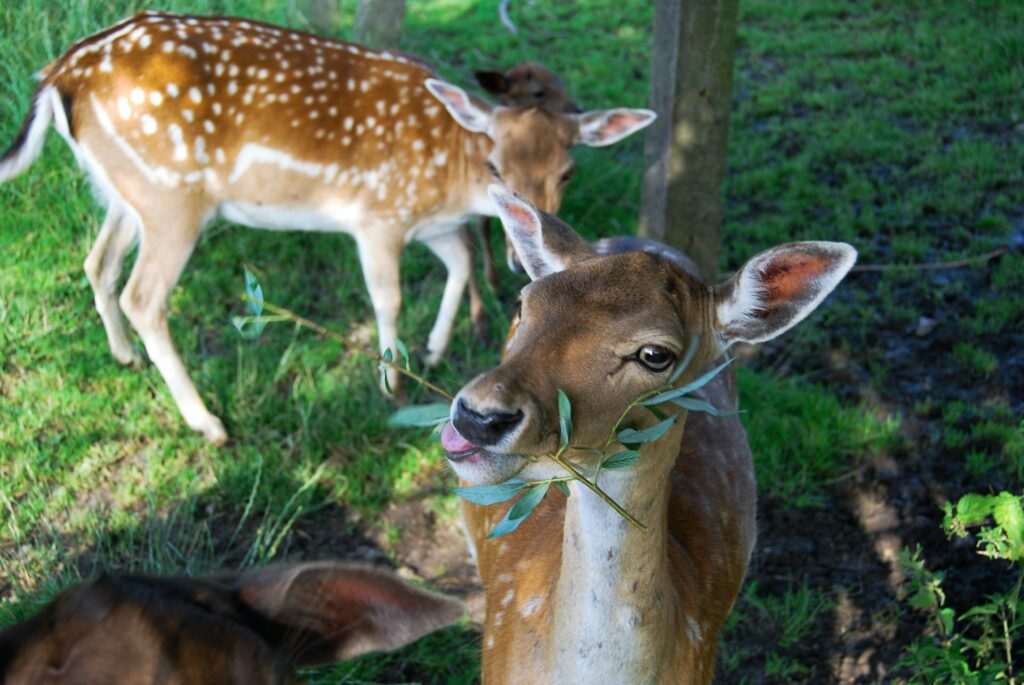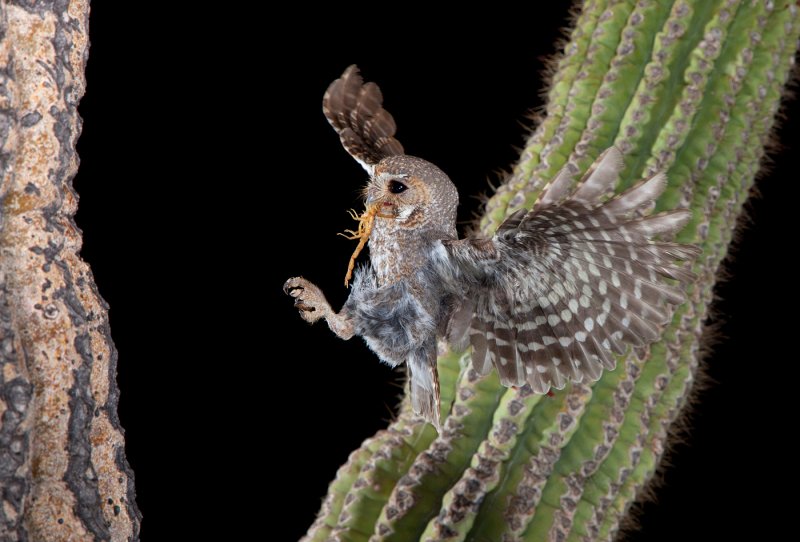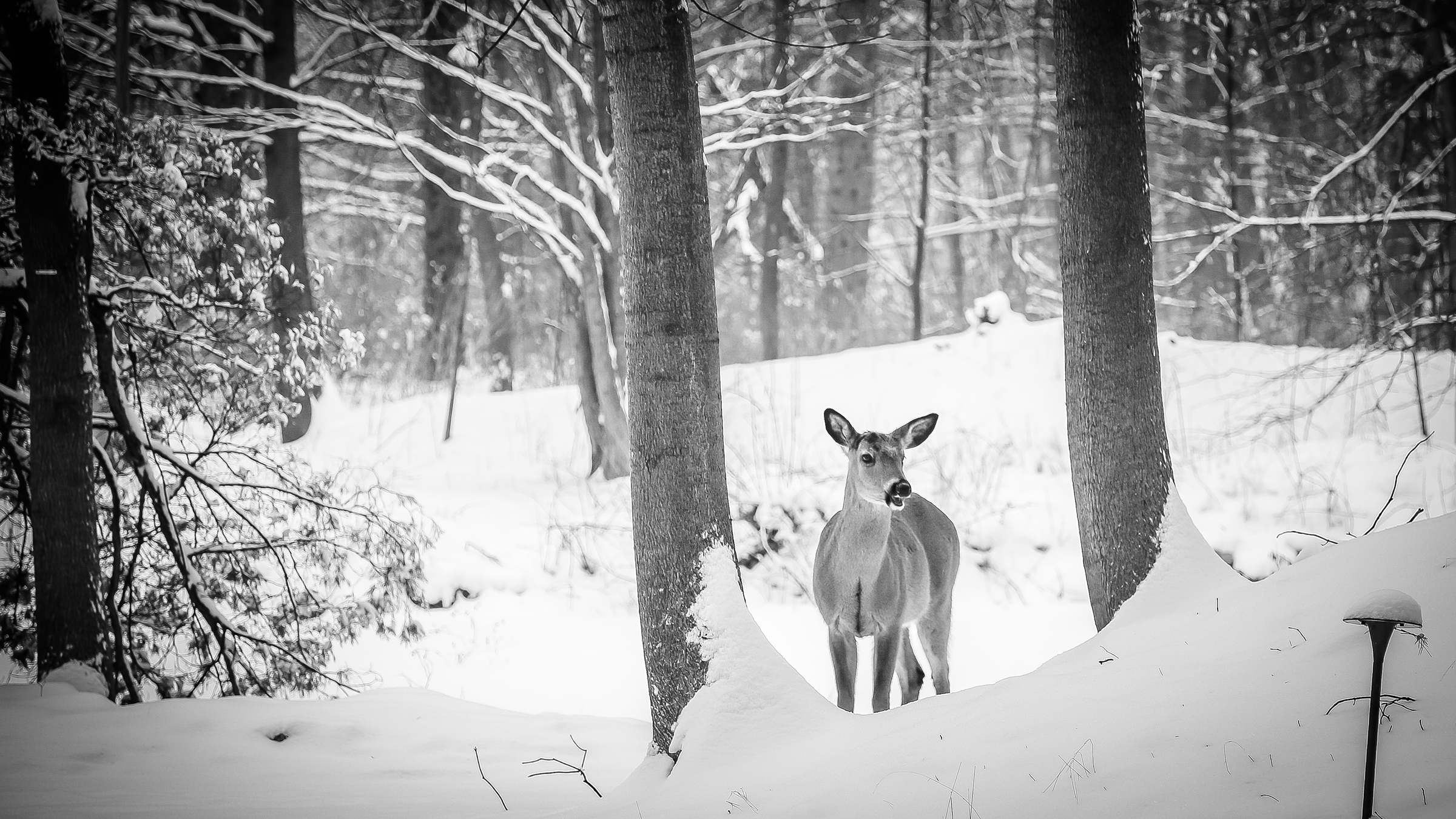
Blog
- SEO Team
Seasonal Feeding Tips for Deer

Deer feeding patterns change throughout the year based on seasonal conditions, food availability, and their nutritional needs. By adjusting your feeding practices to each season, you can help deer maintain optimal health and support their natural habits. Whether you’re managing a deer population on your land for conservation, hunting, or wildlife observation, understanding seasonal deer feeding is essential.
Spring Feeding: Recovery and Growth
Spring is a time of recovery for deer, as they emerge from winter where natural food sources were limited. Bucks are regrowing their antlers, and does need extra nutrients to support pregnancy or nursing their fawns.
- Increase Protein Intake: During spring, deer need high-protein feed to rebuild muscle mass and regain energy after the winter months. Protein also aids in antler growth for bucks and helps does produce milk. Providing high-protein feed, such as alfalfa, soybeans, or specially formulated deer pellets, can be beneficial.
- Gradual Increase in Feed: As temperatures rise and deer become more active, you can gradually increase the frequency and quantity of feed. Spring offers a great opportunity to provide minerals as well, such as calcium and phosphorus, to support antler growth and overall health.
Summer Feeding: Sustaining High Energy
In summer, natural vegetation is abundant, and deer are typically more active. However, supplemental feeding is still important, particularly in areas where food sources may not be as varied or during periods of drought.
- Balance Energy and Nutrients: As deer continue to grow and build fat reserves for the colder months, it’s essential to offer a balanced diet. While natural forage is usually plentiful, offering a combination of high-quality feed such as corn, soybeans, and deer-specific pellets can help ensure deer are getting the nutrients they need.
- Hydration and Minerals: Summer heat can lead to dehydration, so it’s important to ensure deer have access to water sources. Consider adding mineral blocks or supplements to help with hydration and support antler growth in bucks.
Fall Feeding: Preparing for Winter
Fall is a critical time for deer as they prepare for the harsh winter ahead. Bucks are entering the rut, and all deer need to build fat reserves to sustain them through the winter when food is scarce.
- High Carbohydrate Feed: In fall, deer benefit from high-carbohydrate feeds that help them store fat for energy. Corn is an excellent option, as it provides the high-calorie content deer need to build fat reserves. Other options include acorns and chestnuts, which are naturally rich in carbs.
- Increase Feed Amounts: As deer activity increases during the rut and they prepare for winter, gradually increase feed quantities to ensure they have the energy they need. Bucks, in particular, burn a lot of energy during the rut, making supplemental feeding crucial during this time.
Winter Feeding: Sustaining Through Scarcity
Winter is the most challenging season for deer, as natural food sources like acorns, grasses, and vegetation are limited or covered by snow. Supplemental feeding becomes essential for survival during this period.
- High-Energy Feed: During winter, deer need high-fat, high-calorie feed to maintain body heat and energy. Corn, along with fat-rich feeds like soybeans, is ideal during this season. Offering a concentrated form of feed helps them conserve energy and stay nourished.
- Avoid Sudden Diet Changes: Deer digestive systems adapt to seasonal changes, so sudden shifts in diet can be harmful. If you begin feeding deer in winter, it’s essential to maintain a consistent feeding schedule and avoid abrupt changes to the type of feed. This helps prevent digestive problems and ensures they get the nutrients they need to survive the cold.
Tailoring Your Feed to the Seasons
To keep deer populations healthy year-round, it’s vital to adjust your feeding practices according to the season. In spring, focus on protein to help with recovery and growth. During summer, maintain a balance of energy and nutrients while providing ample hydration. In fall, offer high-carbohydrate feed to help deer build fat reserves for the winter. Finally, in winter, provide high-energy feed consistently to help deer endure the cold and food scarcity.
By tailoring your feeding strategies to the needs of deer throughout the year, you can support their health, growth, and natural behaviors while ensuring a stable and thriving population on your land.
Recent Articles

We built our first timer over 50 years ago. With that timer, we established a constant determination to build quality products that meet our customers’ needs. This unwavering focus on quality products and excellent customer service is the foundation of Sweeney Enterprises.



